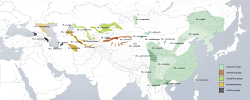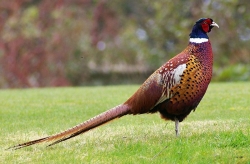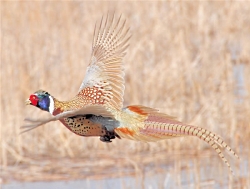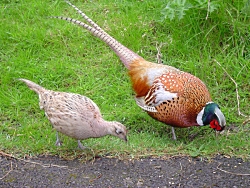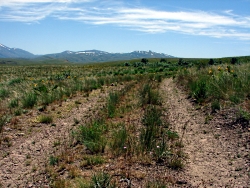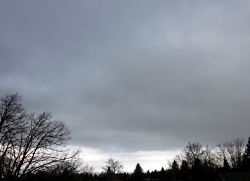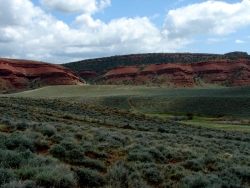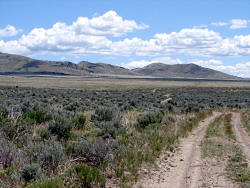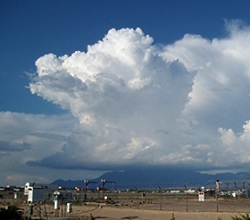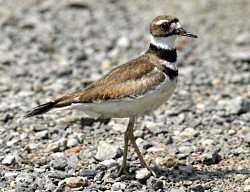
Killdeer on pebbles
Charadrius vociferus
Courtesy Wikipedia
Curt Hart, Photographer
Licensed under Creative Commons
Attribution 2.0 Generic license

Killdeer nest on pebbles
Charadrius vociferus
Courtesy Wikipedia
Werther, Photographer
Courtesy US NPS and
J. Willard Marriott Library, University of Utah
Licensed under Creative Commons
Attribution 2.0 Generic license
The onset of springtime brings nesting birds in abundance. In the past week alone, blackbirds have been defending their territories in the marshes, goslings can be seen trailing behind their parents, and swallows are swooping and perching near their nests.
One bird that is impossible to ignore is the killdeer. Its call is loud, and easily recognizable.
[Audio Recording: Killdeer call, Audio file copyright 2006, Kevin Colver. All rights reserved, https://collections.lib.utah.edu/details?id=1117069&q=killdeer WesternSoundscape.org:
Licensed under Creative Commons Attribution-Noncommercial-No Derivative Works 3.0 United States License] It’s no coincidence that its scientific name is Charadrius vociferous.
Killdeer are a type of plover, similar to the snowy plovers that nest along the shores of Great Salt Lake. The killdeer, however, is well at home in dry upland habitats. The most peculiar characteristic of killdeer is that they are often seen and heard in the most unlikely of places- dirt roads, parking lots, or even construction sites.
Killdeer nest on open ground, digging just a shallow scrape in the soil. Gravel roads are often ideal nesting habitat because killdeer eggs blend in well with nearby pebbles. The spotted eggs and young hatchlings are very cryptic, invisible to the eye even when they are underfoot. This dangerous breeding strategy can often lead to trampled nests. Or, if a predator has a good sense of smell, the eggs and young are easily eaten.
Although, the killdeer has a trick up its sleeve (well… its wing)! When a predator, such as a fox, approaches the nest, the adult killdeer feigns a broken wing while walking away from its nest. This draws the attention of the predator, which thinks it’s found an easy meal, away toward the adult. Once it’s led the threat far enough from the nest, the adult killdeer takes off in flight, taunting the predator with its call.
It’s very hard to see a killdeer nest even when it’s obvious the adults are near it. Keep in mind, though, that time spent looking for a killdeer nest is time that the adults are not tending to the eggs or hatchlings, which puts their survival at risk. A bird that lives so dangerously can use all the help it can get.
For Wild About Utah, I’m Mark Larese-Casanova.
Credits:
Theme: Courtesy & Copyright Don Anderson Leaping Lulu
Images: Courtesy Wikimedia, Curt Hart as well as Clinton & Charles Robertson, Photographers
Audio: Courtesy Marriott Library, University of Utah & US National Park Service
Text & Voice: Mark Larese-Casanova, Utah Master Naturalist Program at Utah State University Extension.
Additional Reading:
Cornell Lab of Ornithology. Killdeer. All About Birds. https://www.allaboutbirds.org/guide/killdeer/id
Tekiela, S. 2003. Birds of Utah. Adventure Publications, Inc. Cambridge, Minnesota.
https://www.amazon.com/Birds-Utah-Field-Guide-Tekiela/dp/1591930197
Killeer, Species, Utah Division of Wildlife Services, Utah Department of Natural Resources. Killdeer. https://fieldguide.wildlife.utah.gov/?species=charadrius%20vociferus

